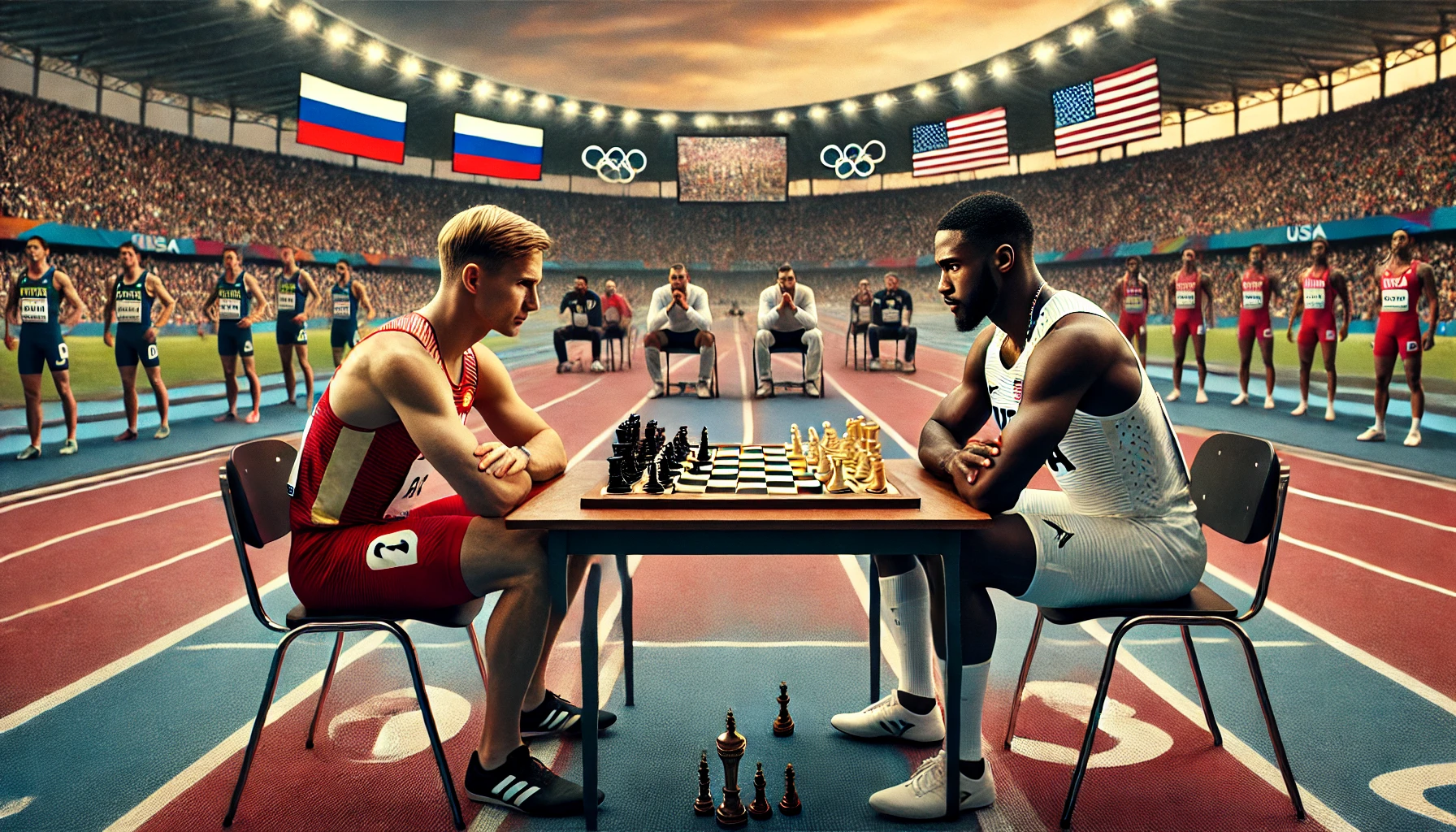Why distinguish between state-sponsored doping and privately organized doping when, in both cases, the result is the same cheating athletes steal podium spots from clean competitors?
This question touches on a growing controversy in international sports: whether all doping violations are treated equally, or whether power, politics, and money skew the enforcement of anti-doping rules.
Double Standards in Action
1. Legal & Political Distinctions
- State-sponsored doping (e.g., Russia) involves entire governments or federations organizing and covering up doping schemes.
- Private doping (e.g., the Nike Oregon Project) is seen as isolated actions by individuals or training groups, even when corporate sponsors are involved
Why it matters:
This legal distinction allows sports bodies like WADA and the IOC to punish countries en masse for state-sponsored doping. But in private cases, only individuals—usually the coach or athlete—are penalized.
The problem:
Clean athletes still lose medals, careers, and credibility, no matter where the doping originated. The impact is the same.
2. Who Actually Gets Punished?
- In state doping, entire teams can be banned-even clean athletes.
- In private doping, athletes often continue competing unless they test positive or confess, while coaches (like Alberto Salazar) take the fall
Example:
Salazar was banned for his role in the Nike Oregon Project’s doping system, yet many of his athletes kept their medals and sponsorships. In Russia, even clean athletes were banned from the Olympics.
Western nations especially the U.S. and powerful sportswear brands have deep ties with global sports institutions. This influence may help them avoid the harsher penalties seen elsewhere.
3. Power, Money, and Influence
- Media bias plays a role too: Western media aggressively covers doping scandals in countries like Russia and China, but portrays U.S. or European violations as isolated incidents rather than systemic failures.
- Corporate sponsors, like Nike, benefit financially from their athletes’ success and may help shield them from scrutiny.
Case Studies: Are the Rules Really Equal?
- Christian Coleman missed three drug tests within 12 months (a violation under WADA rules) but successfully appealed his suspension and returned in time for major competitions.
- Erriyon Knighton tested positive in 2024 for trenbolone, a banned steroid. He claimed it came from eating contaminated oxtail. USADA accepted this explanation, issued a “no-fault” finding, and allowed him to compete in the Paris Olympics.
- Carl Lewis reportedly tested positive for banned stimulants before the 1988 Olympics but was cleared by the U.S. Olympic Committee, which said the substances were “inadvertently consumed.
- Linford Christie, a British sprinter, also tested positive for stimulants in 1988 but was similarly cleared by his federation. He went on to win Olympic gold in 1992.
These cases show how enforcement can be inconsistent, particularly when it involves high-profile athletes from powerful nations.
The BALCO Scandal: A U.S. Doping Network
The BALCO scandal in the early 2000s revealed a sophisticated doping operation in the U.S., involving elite athletes and undetectable designer steroids. This scandal led to reforms in testing protocols and deeper cooperation between law enforcement and sports agencies.
Yet, despite its scale, the BALCO case was largely treated as a failure of individual ethics not a systemic issue within American sports culture.
The Role of Sportswear Brands
The Nike Oregon Project is a prime example of how corporate involvement in doping is often overlooked. Nike allegedly knew about and financed the program’s doping practices. While Salazar was banned, the brand itself faced minimal consequences.
Should that change?
Absolutely. If sportswear companies profit from doping athletes, they should face heavy fines and temporary bans from sponsoring events. Right now, brands often walk away untouched while athletes and coaches shoulder the blame.
Conclusion: It’s Time to Reform the System
The real issue isn’t whether doping is state-sponsored or privately organized. The core problem is inconsistent enforcement.
- All doping whether orchestrated by governments, brands, or coaches should be punished equally.
- Clean athletes deserve a system that protects them, not one that favors the powerful.
- Brands involved in doping should not be immune to sanctions.
So, what do you think?
Should anti-doping agencies hold everyone accountable governments, athletes, coaches, and brands alike?

